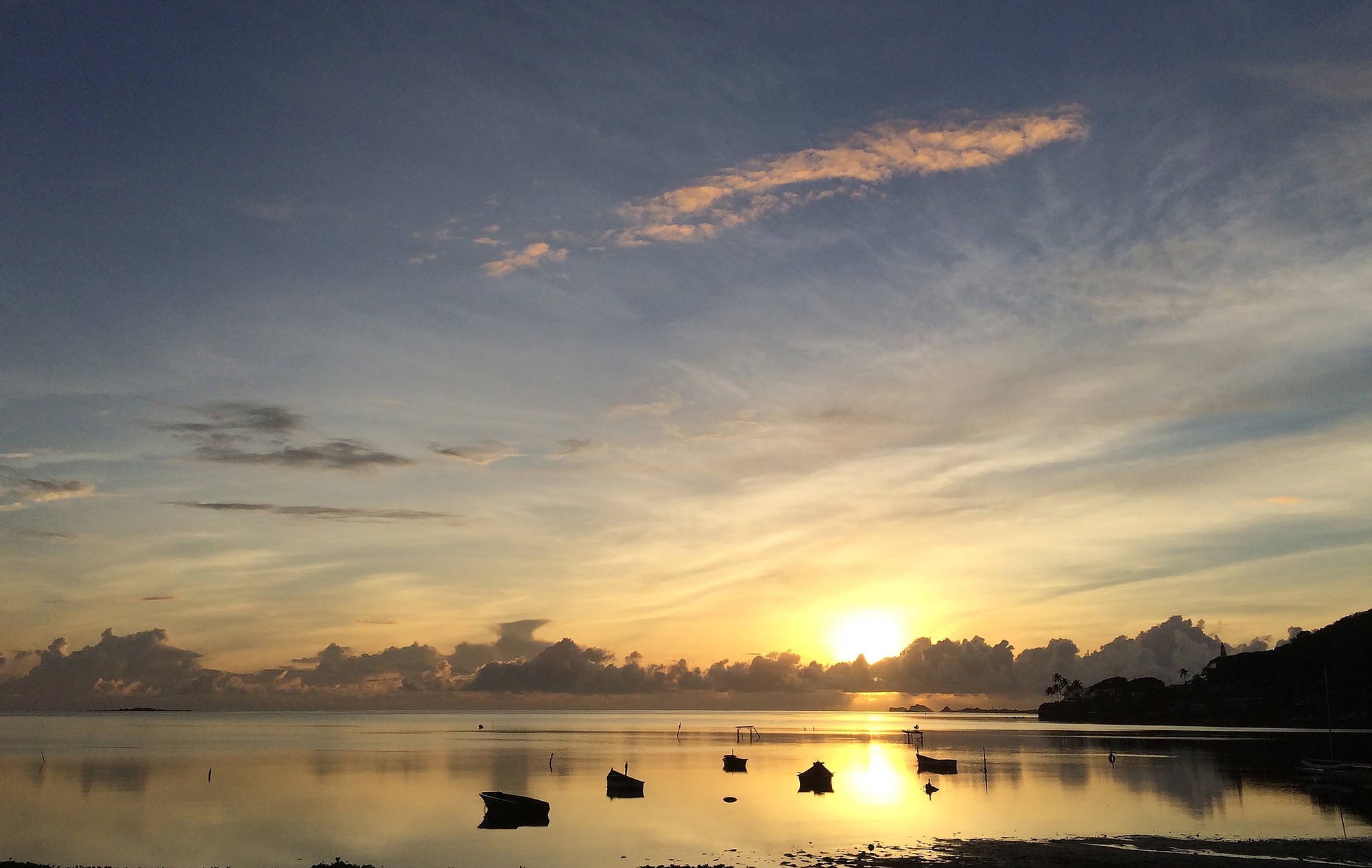HONOLULU — Most of the beach fronting Waikiki remained closed Tuesday after heavy rains triggered a half-million-gallon sewage spill near Hawaii’s world-famous tourist district, officials said.
The beach area was closed Monday after stormwater flowed into the city’s sewage system as a weather system linked to Tropical Storm Kilo dumped heavy rain on the islands.
The heavy rains overwhelmed the sewage system, causing 500,000 gallons of wastewater to spew from manholes, said Lori Kahikina, Honolulu’s director of environmental services. “Now’s not the time to go swimming,” she told reporters.
It could be a couple of days before the ocean is clear enough for people to enter, Kahikina said. It would likely take that long for water samples to be tested for safety, she said.
Waikiki is home to many of the state’s biggest hotels and is the engine of Hawaii’s tourism-dependent economy.
The city is advising people to avoid a 4-mile stretch of waterfront from Kapahulu Avenue in Waikiki to Point Panic in Kakaako. Sewage came out of manholes at Ala Moana Beach Park, on a street fronting a shopping mall at the edge of Waikiki and a pumping station.
The entire state remained under a flash-flood watch Tuesday, with more rain expected. This year’s hurricane season has been particularly active; the season lasts through November.
A new tropical storm, Ignacio, formed east of the Hawaiian Islands on Tuesday and is forecast to become a hurricane by Thursday, Central Pacific Hurricane Center Meteorologist Chevy Chevalier said. “It’s an above-average year already, and we’re still just in August,” he added.
There have been 17 storms so far this year in the Pacific, 12 of which reached hurricane status, according to the National Weather Service. Six of those storms reached super-typhoon status, which means they had maximum sustained winds over 150 mph.
Although it’s too early to predict, Ignacio’s current path could take it near or over the islands, Chevalier said.
“The reason for the forecast of an above-average tropical season in the Pacific this year is El Nino conditions,” Chevalier said in an email. “El Nino typically brings this area above normal sea surface temperatures and less vertical wind shear, both of which normally lead to tropical cyclone intensification.”
Waikiki was not the only area of Oahu that was affected by an overflow of wastewater. The state Department of Environmental Services said Monday that Kailua, Kaneohe and Kalanianaole Highway in Aina Hina also experienced overflowing sewer systems. The Department of Health issued warnings for people to stay out of the water in all affected areas, including Kaneohe and Mamala bays.
Shayne Enright, a spokeswoman for the city’s Department of Emergency Services, cautioned the ocean was dangerous. “We don’t know right now what is in the water. You could get a serious infection, get extremely sick or even worse,” she said.
Kahikina said the storm water entered the sewage system as leaves and debris clogged the storm drains. Some witnesses reported people were opening manhole covers to let the storm water drain into the sewage system, even though sewage pipes and pumps aren’t designed to handle that volume of liquid, she said.
It’s illegal to open manhole covers, Kahikina said.
In 2006, the city temporarily closed Waikiki’s beaches after 48 million gallons of raw sewage poured into the Ala Wai Canal bordering the area’s hotels and condominiums. That spill occurred after a sewage line ruptured following weeks of heavy rains, forcing the city to divert wastewater into the canal.
Meteorologists said Kilo passed by uninhabited Johnston Atoll and will strengthen over the next few days, but the storm was not expected to directly affect any other landmasses.
Still, the forecast calls for more rain and high humidity for Hawaii throughout most of the week.
“It’s going to get a little bit better into midweek. But it’s still going to be quite hot and humid and the potential for the heavier showers remains pretty much throughout the week,” meteorologist Ian Morrison said.
Lifeguards were warning visitors to all island beaches about a brown-water advisory issued by the Department of Health saying that flood waters might be contaminated.



